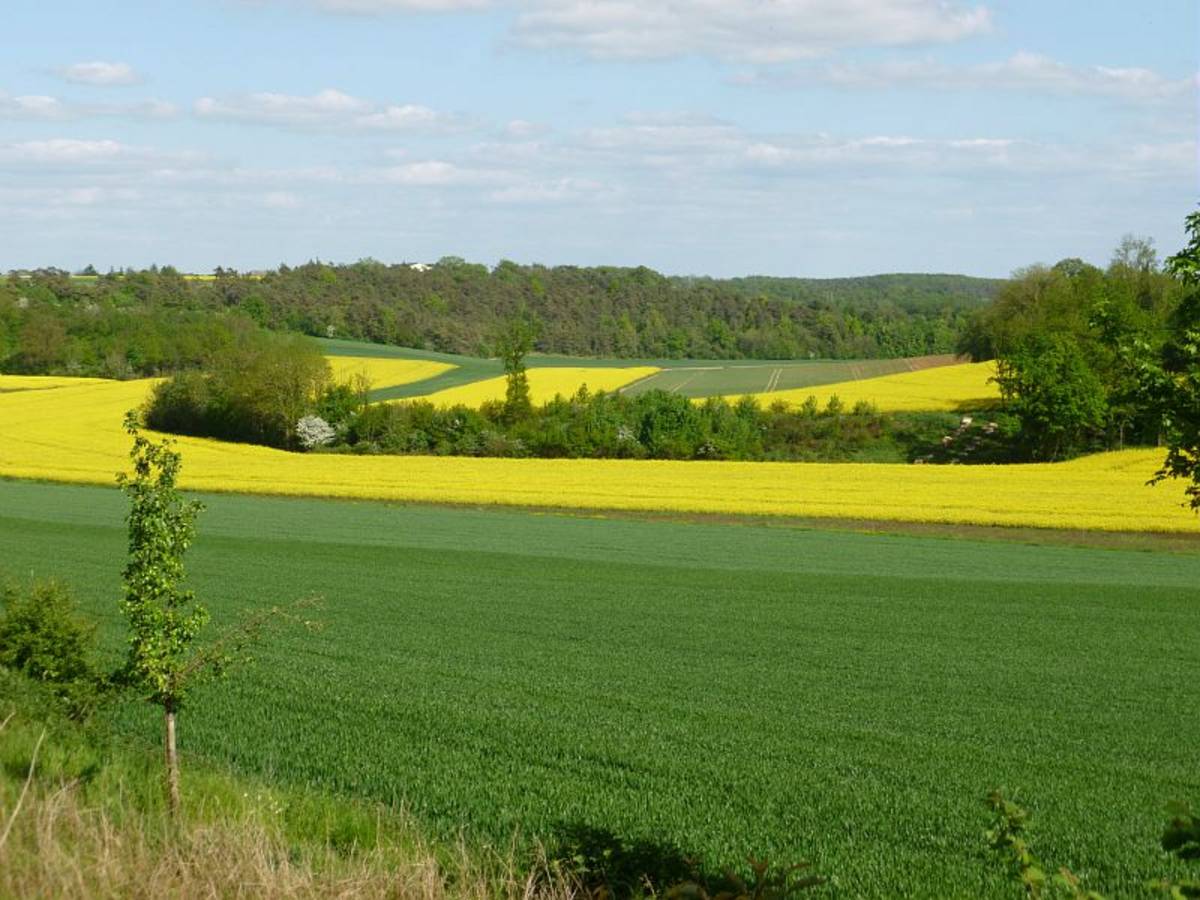The European Green Deal is attempting to tackle the negative climate, environmental and public health impacts of the European agrifood system in a comprehensive way by considering the entire food chain through a farm-to-fork approach. More specifically, this approach aims to develop more sustainable agricultural systems through the adoption of agroecological practices (lever 1), reduce food loss and waste (lever 2), and promote healthier and more sustainable diets (lever 3). While the first lever has been the subject of a great deal of research (which has mainly sought to characterize the economic effects), the market and non-market impacts of the other two levers have not been studied as much. With this in mind, INRAE researchers analysed two types of impacts – economic (production, trade, consumption, prices, farm receipts and food expenditure) and non-market (greenhouse gas emissions, biodiversity damage and nutritional indicators) – of the three levers, considering them both separately and when implemented together. An original model of the European agrifood sector was calibrated using data for three years 2018, 2019 and 2020 to perform the simulations.
While the priorities advocated by the European Green Deal seem justified from an environmental and public health point of view, the resulting economic challenges should not be trivialized. The simulation outcomes also showed that the market and non-market impacts are remarkably different depending on whether a single lever is activated or all three levers are implemented concurrently.
While the economic impacts of the agroecology lever alone are relatively moderate and could be managed as part of a gradual transition, they come at the cost of low climate and ecological benefits, namely through emissions and damage leakages to non-EU countries as a result of increased European imports. This lever alone would lead to a moderate increase in food expenditure and would have an indeterminate impact on the incomes of farmers, depending on the relative degree of price increases and production volume decreases.
Simultaneously using all three levers provided for in the European Green Deal would considerably increase the climate, environmental and nutritional benefits, thus confirming, from this standpoint, the validity of taking action across the entire food chain. European consumers would see economic benefits from this scenario, provided that consumer behaviour changes substantially. The increased food expenditure resulting from higher prices due to the implementation of agroecological practices could thus be offset if people increase their consumption of plant-based protein and reduce their consumption of animal-based products. However, the livestock sector would be very adversely affected due to the double effect of a negative quantity effect and a negative price effect. The food transition would result in a transfer of value from the animal to the plant sectors.
Major points of tension
The researchers analysed the main critical issues that would arise for the agrifood sector following implementation of the European Green Deal. They looked at three issues related to lower European production stemming from [...]
